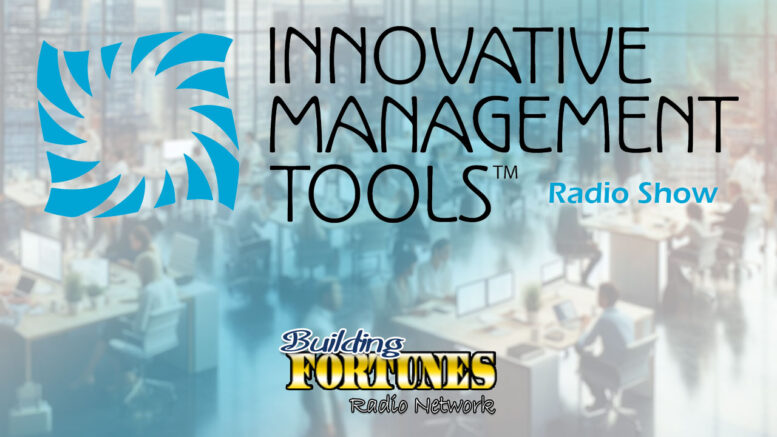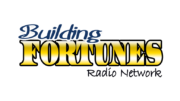The 4th Part of LEAN is the topic of this Innovative Management Tools Building Fortunes Radio Show. This week, Patrick Seaton continues with the LEAN Management series. You can hear the previous shows about LEAN on https://buildingfortunesradio.com/imt
Each week Patrick Seaton shares his decades long knowledge and experience and this week he explains his Word Interpretation approach towards better communication and increasing productivity. Patrick gives several stories and examples and even offers an opportunity to have access to his executive level training and coaching. Contact Patrick and tell him you heard him on Building Fortunes Radio.
Patrick Seaton owns https://innovativemanagementtools.com
Here is some information about LEAN:
The primary target of LEAN is waste, categorized into seven (sometimes eight) types: overproduction, waiting, transport, overprocessing, inventory, motion, defects, and occasionally unused talent. By systematically tackling these, organizations can streamline operations. For example, a factory might reduce overproduction by adopting just-in-time manufacturing, ensuring parts arrive only as needed. A hospital might cut waiting times by reorganizing patient flow. The result? Efficiency skyrockets, costs drop, and quality improves.
LEAN’s strength lies in its practical tools. Techniques like 5S (Sort, Set in order, Shine, Standardize, Sustain) organize workplaces for efficiency. Kanban boards visualize workflows, helping teams manage tasks. Root cause analysis, often via the “5 Whys” method, digs into problems rather than patching symptoms. These tools empower employees at all levels, fostering a culture where everyone contributes to improvement.
However, LEAN isn’t without challenges. It requires a cultural shift—top-down commitment and bottom-up engagement. Resistance to change can derail efforts, especially if workers fear job cuts rather than seeing LEAN as a growth enabler. Misapplication is another pitfall; focusing solely on cost-cutting without valuing quality can backfire, alienating customers. Successful LEAN adoption, like Toyota’s, balances efficiency with innovation and respect for people.
In practice, LEAN has transformed industries. Take software development: Agile methodologies borrow heavily from LEAN, emphasizing iterative progress and customer feedback. In healthcare, Virginia Mason Medical Center famously adopted LEAN to reduce patient wait times and improve care delivery. Even startups use LEAN to test ideas quickly and pivot based on real-world data.
Ultimately, LEAN Management is about mindset as much as method. It’s not a one-time fix but a philosophy of relentless optimization. Organizations that embrace it don’t just survive—they thrive, adapting to change while keeping customers at the heart of every decision. In a world of finite resources and infinite demands, LEAN offers a blueprint for doing more with less, proving that efficiency and excellence can coexist.



